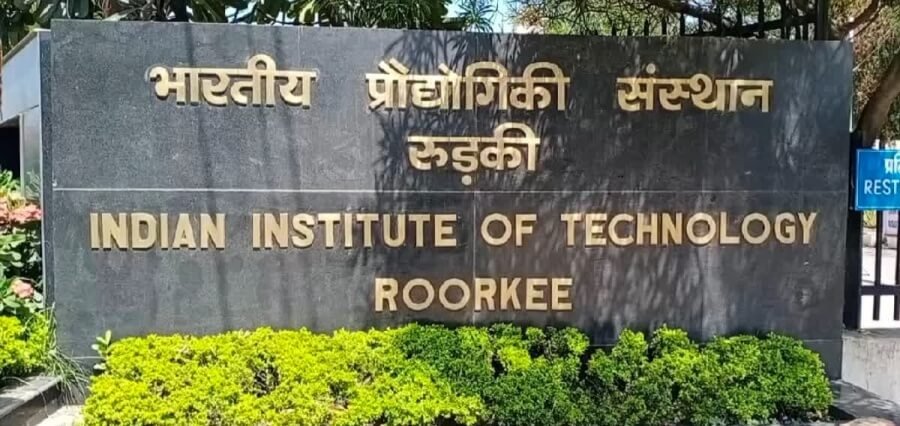The health education system of India has witnessed an unprecedented growth in the last ten years. As per data furnished by the Health and Family Welfare Ministry, nearly 130% seats are now available in medical colleges of India. With this boom, the number of medical colleges has increased from 387 in 2013-14 to around 780 in 2024-25. Similarly, from 51,348 MBBS seats, it has now increased up to 118,137 MBBS seats in the corresponding time frame.
The increase in the medical colleges was most glaringly evident where a decade back states and UTs did not even have an iota of the medical institutes. There is now at least one medical college each in all these UTs/State like Andaman & Nicobar Islands, Arunachal Pradesh, Dadra & Nagar Haveli, Mizoram, Nagaland while in Telangana which didn’t have medical colleges 2013-14 it now hosts 65 colleges.
The number of medical colleges in several states has also increased manifold. Karnataka, having the highest number of medical colleges in the country, saw the institutes increase from 46 to 73. Maharashtra rose from 44 to 80 colleges while Uttar Pradesh witnessed the highest growth as its medical colleges went up from 30 to 86.
Correspondingly, with the increase in colleges, the number of MBBS seats has also gone up. For example, Uttar Pradesh increased the MBBS seats from 3,749 to 12,425. Maharashtra capacity increased from 5,590 to 11,845 MBBS seats. Tamil Nadu expanded its seat availability from 6,215 to 12,050. Telangana, which had no medical colleges or seats in 2013-14, now offers 9,040 MBBS seats.
Other states have also been seriously making strides to increase medical education infrastructure. For example, Rajasthan grew from its 10 medical colleges offering 1,750 seats to 43 colleges offering 6,475 seats. Madhya Pradesh, which had 12 colleges and a total of 1,700 seats, expanded to 31 colleges and 5,200 seats, while Chhattisgarh, from five colleges offering only 600 seats, came out to offer 16 colleges offering a total of 2,455 seats. Growth in Delhi also, as its number of colleges increased from seven to 10 and its MBBS seats from 900 to 1,497. It reflects the commitment of India towards improving access to healthcare education, reducing regional disparities, and enriching the overall healthcare infrastructure in the country.
Read More – Click Here





